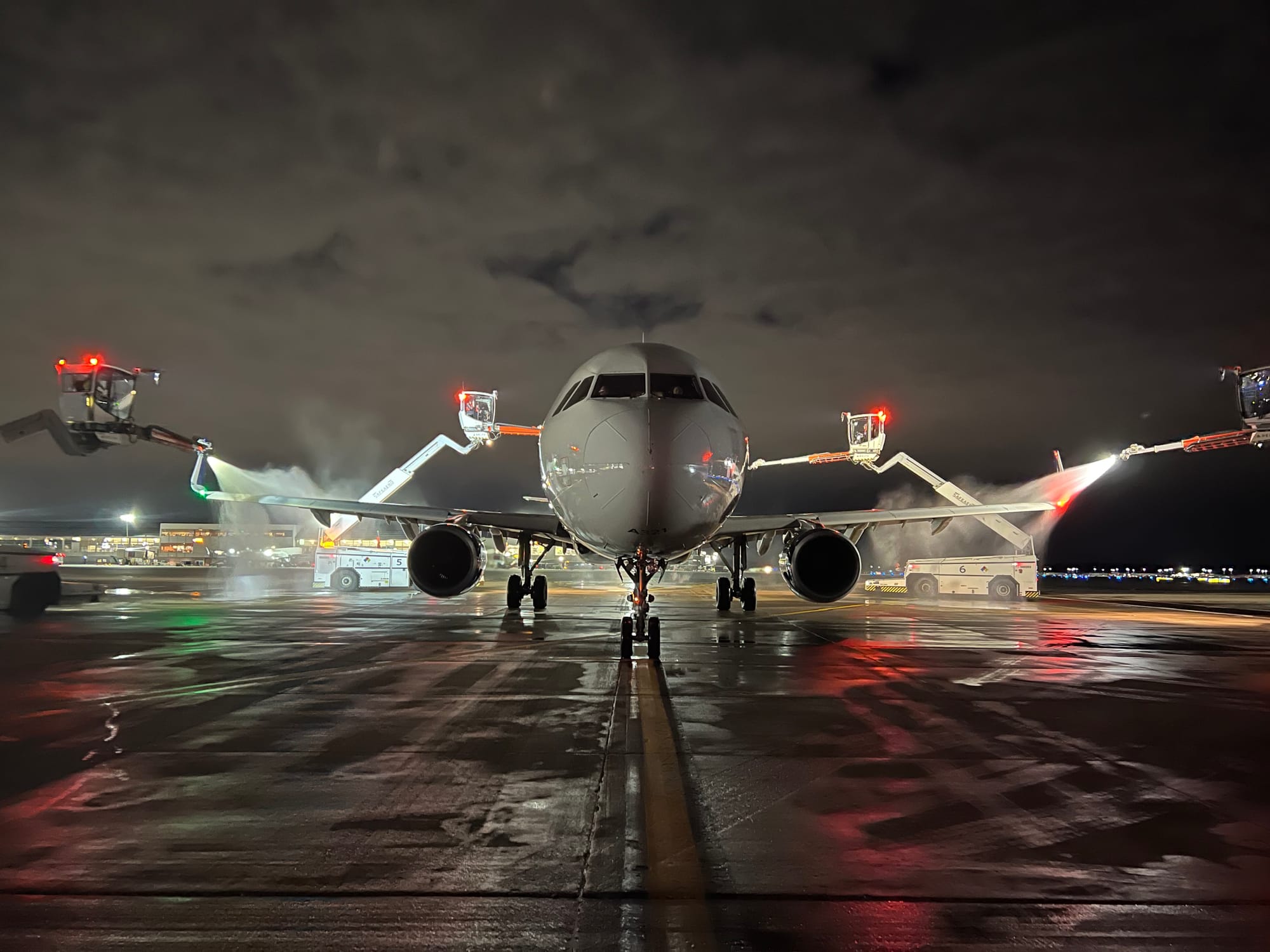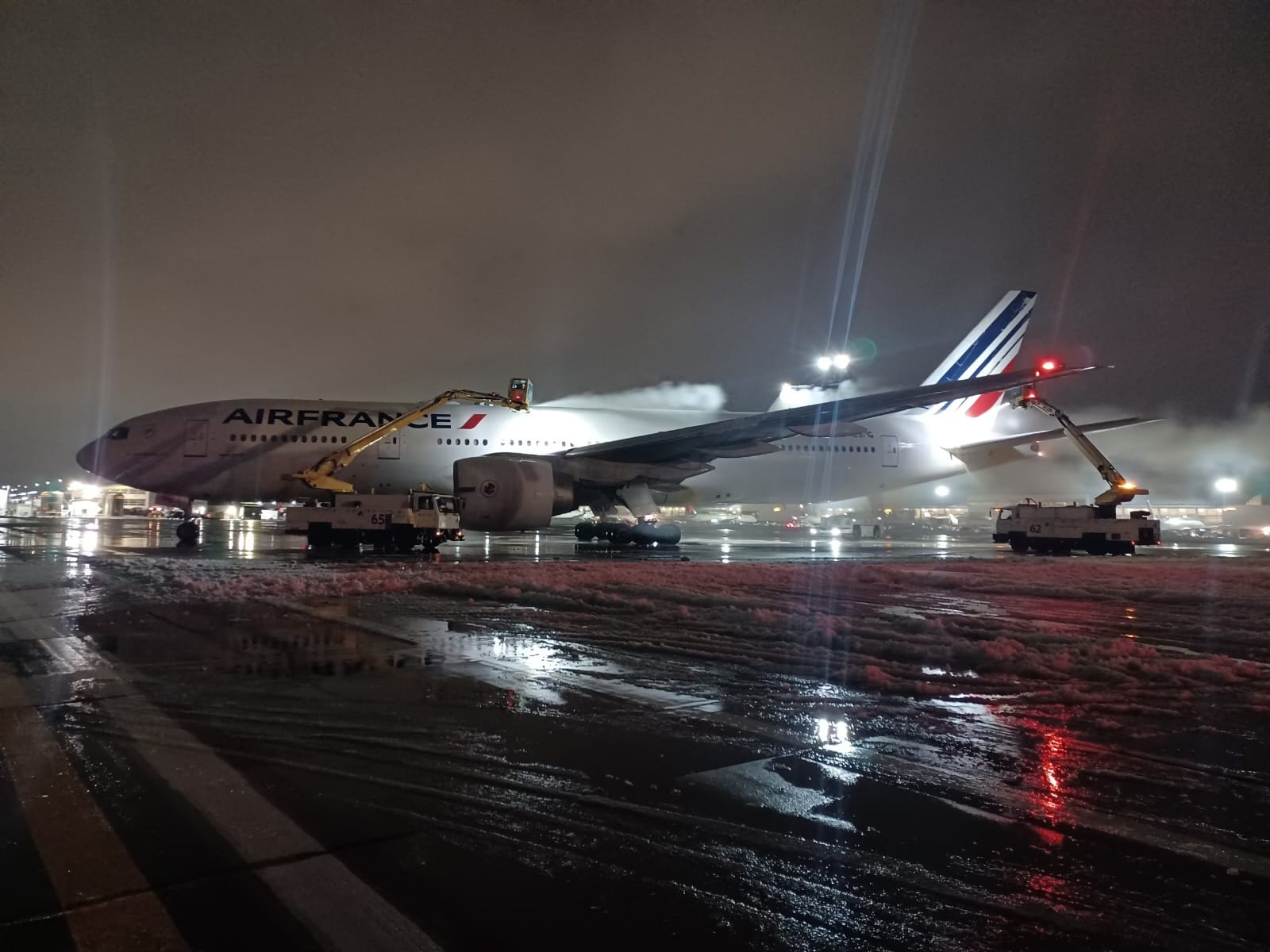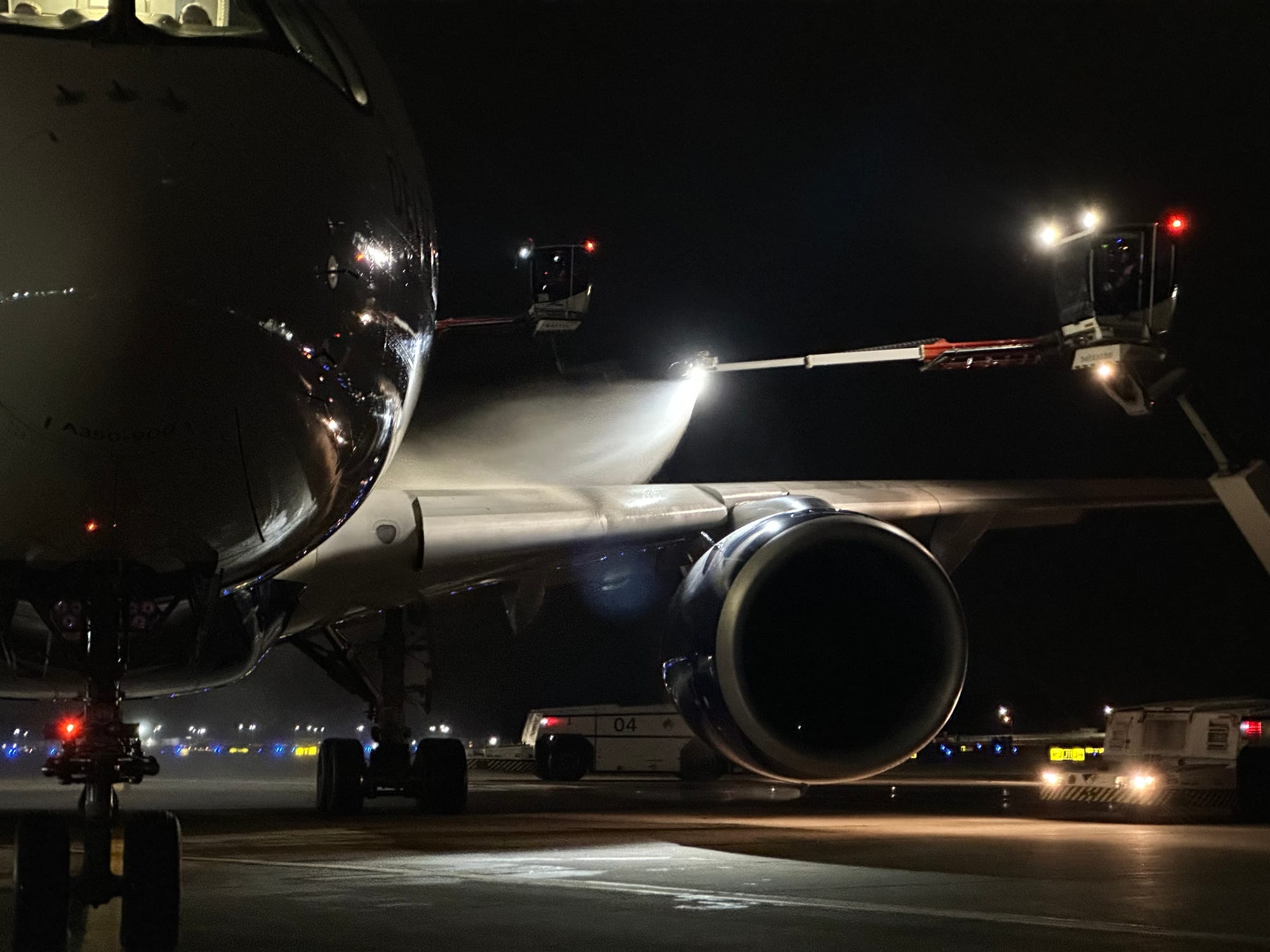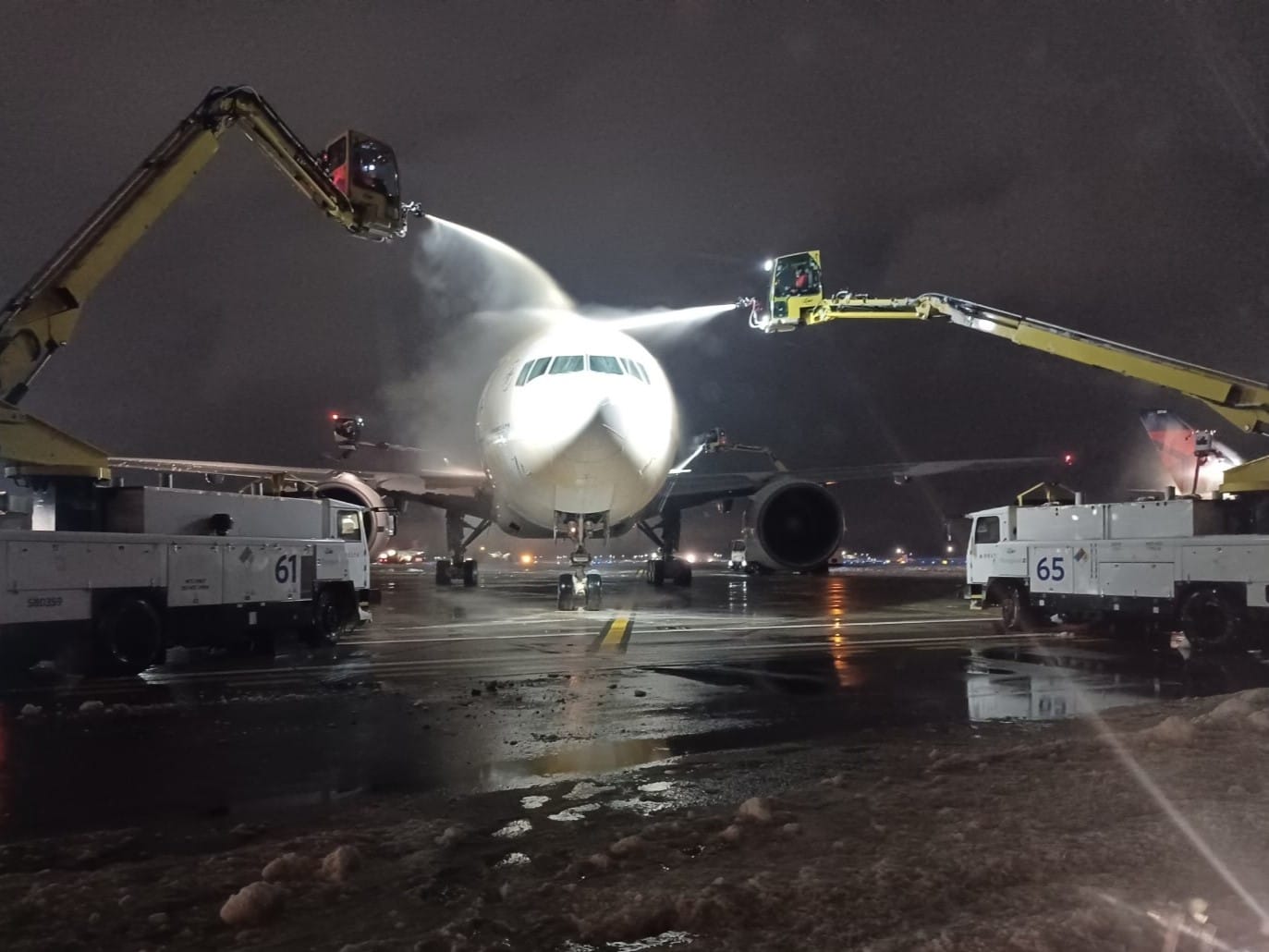Why Airplanes Need to Be Deiced Before Takeoff

As snowflakes swirl and temperatures plummet, the sight of an airplane getting drenched in a mysterious liquid becomes commonplace at winter airports. But this isn't just a pre-flight car wash – it's a critical safety procedure known as deicing, ensuring that every journey takes off on the right note. So, buckle up as we delve into the fascinating world of aircraft deicing and understand why it's an essential part of winter aviation.
The Delicate Dance of Lift

Imagine an airplane wing as a marvel of aerodynamic engineering, meticulously designed to harness the power of lift. This invisible force, generated by air flowing smoothly over the wing's curved surface, allows the aircraft to defy gravity and soar through the skies. Even a whisper of disruption to this delicate dance can have disastrous consequences. Enter ice and snow – unwelcome guests that wreak havoc on airflow. As little as 0.4 millimeters of ice buildup can significantly alter the wing's shape, creating turbulence and reducing lift. This translates to reduced control, increased drag, and the potential inability to generate enough lift for takeoff, putting the entire flight at risk.
A Multitude of Threats

The perils of ice extend far beyond impacting lift. Every gram counts in aviation, and the added weight of ice puts a strain on engines, reducing fuel efficiency and potentially limiting flight range. More importantly, ice accumulation on control surfaces like flaps and elevators can hinder their movement, jeopardizing the pilot's ability to maneuver the aircraft precisely. Imagine trying to steer a car with frozen wheels – the danger becomes all too apparent. Finally, there's the chilling possibility of ice chunks breaking off mid-flight, transforming into dangerous projectiles that could damage vital components like engines or even injure people on the ground.
Behind the Spray
To combat these threats, airports wield a powerful weapon in their arsenal – deicing fluids. These specially formulated concoctions, typically containing propylene glycol and water, act like anti-freeze for airplanes. By lowering the freezing point of water, they melt existing ice and prevent new formation. But deicing isn't a one-size-fits-all solution. Depending on the weather conditions, additional anti-icing fluids might be applied to provide a protective layer for a specific duration, ensuring the aircraft remains ice-free during critical phases of flight like takeoff and climb.
Safety First, Always

Deicing isn't just an option; it's a mandatory safety procedure mandated by aviation authorities like the FAA. Pilots, acting as the ultimate decision-makers, carefully assess factors like temperature, precipitation type, and the severity of ice accumulation before authorizing deicing. While this crucial step might add a few minutes to your travel time, it's a small price to pay for the peace of mind that comes with knowing you're taking off in a safe and airworthy aircraft.
So, the next time you witness an airplane undergoing its deicing ritual, remember – it's not just a spectacle. It's a testament to the meticulous planning, cutting-edge technology, and unwavering commitment to safety that go into every flight, ensuring you reach your destination with a smooth and uneventful journey.





